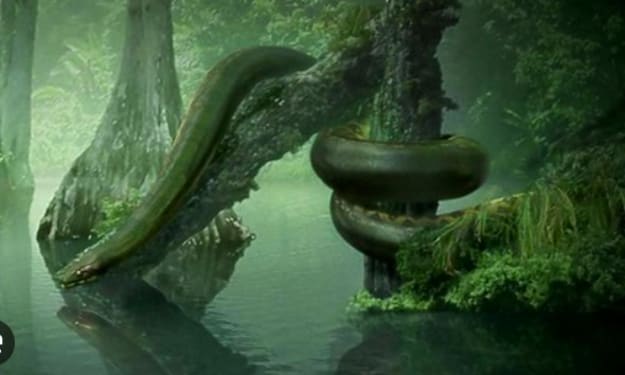
The Moon, Earth's only natural satellite, has captivated human imagination and curiosity for millennia. Its serene presence in the night sky has inspired countless myths, scientific endeavors, and explorations. The Moon's influence on Earth extends beyond its beauty, playing a crucial role in our planet's natural phenomena and providing valuable insights into the history of the solar system. This essay explores the Moon's characteristics, its impact on Earth, and its significance in scientific research and exploration.
**The Moon: Earth's Celestial Companion**
The Moon is approximately 3,474 kilometers in diameter, making it about one-fourth the size of Earth. It orbits our planet at an average distance of 384,400 kilometers, completing a full orbit roughly every 27.3 days. This orbit, combined with the Moon's synchronous rotation, means that we always see the same face of the Moon from Earth. This phenomenon, known as tidal locking, has intrigued astronomers and led to extensive studies of the Moon's geology and composition.
The Moon's surface is a barren, rocky landscape marked by craters, mountains, and vast plains called maria. These maria are basaltic plains formed by ancient volcanic eruptions. The most prominent features on the Moon are its impact craters, created by collisions with asteroids and comets over billions of years. The largest of these, the South Pole-Aitken Basin, is one of the largest impact craters in the solar system, stretching about 2,500 kilometers in diameter.
The Moon lacks a significant atmosphere, which means there is no weather or wind to erode its surface. As a result, geological features remain largely unchanged over time, providing a pristine record of the solar system's history. The absence of an atmosphere also means that the Moon's temperature varies drastically, ranging from about 127°C during the day to -173°C at night.
**The Moon's Influence on Earth**
The Moon has a profound impact on Earth, most notably through its gravitational pull, which generates tides. The interplay between the Moon's gravity and Earth's rotation causes the oceans to bulge, creating high and low tides. These tidal forces are essential for various ecological processes, including the movement of nutrients in marine environments and the reproductive cycles of many aquatic species.
In addition to influencing tides, the Moon stabilizes Earth's axial tilt. This stability helps maintain a relatively consistent climate, making Earth more hospitable for life. Without the Moon, our planet's tilt could vary significantly, leading to extreme seasonal changes and potentially disrupting the delicate balance of life on Earth.
The Moon also affects human life in more subtle ways. Its cycles have been used to track time and create calendars, influencing agriculture, religion, and cultural practices throughout history. The full moon and new moon phases have been particularly significant in various traditions and rituals.
**Scientific Exploration and Research**
The Moon has been a focal point for scientific research and space exploration since the dawn of the space age. The most iconic moment in lunar exploration came in 1969 when NASA's Apollo 11 mission successfully landed astronauts Neil Armstrong and Buzz Aldrin on the Moon's surface. Armstrong's historic words, "That's one small step for man, one giant leap for mankind," marked the beginning of a new era in space exploration.
The Apollo missions, which included six manned landings between 1969 and 1972, provided invaluable data and samples from the Moon. These missions helped scientists understand the Moon's geology, composition, and formation. Analysis of lunar rocks and soil revealed that the Moon is composed mainly of silicate minerals, similar to those found on Earth.
One of the most significant discoveries from the Apollo missions was the confirmation of the giant impact hypothesis. This theory suggests that the Moon formed from debris resulting from a collision between a Mars-sized body and the early Earth. This event, believed to have occurred about 4.5 billion years ago, had profound implications for the evolution of both the Moon and Earth.
In recent years, lunar exploration has experienced a resurgence. Various space agencies, including NASA, the European Space Agency (ESA), and China's National Space Administration (CNSA), have launched missions to study the Moon in greater detail. These missions aim to explore the Moon's poles, where permanently shadowed regions may harbor water ice. The presence of water on the Moon could be crucial for future human missions, providing a potential resource for drinking water, oxygen, and fuel.
The Moon also serves as a stepping stone for deeper space exploration. NASA's Artemis program, for instance, plans to return humans to the Moon by 2025, with the goal of establishing a sustainable presence. This initiative will help develop the technologies and strategies needed for future missions to Mars and beyond.
**Conclusion**
The Moon, with its serene beauty and profound influence on Earth, continues to captivate and inspire. Its role in stabilizing our planet, influencing tides, and serving as a record of the solar system's history underscores its significance. As we continue to explore and study the Moon, we gain valuable insights that enhance our understanding of both our celestial companion and the broader universe. The Moon remains a symbol of human curiosity and our relentless quest for knowledge and exploration.
About the Creator
Enjoyed the story? Support the Creator.
Subscribe for free to receive all their stories in your feed. You could also pledge your support or give them a one-off tip, letting them know you appreciate their work.






Comments
There are no comments for this story
Be the first to respond and start the conversation.